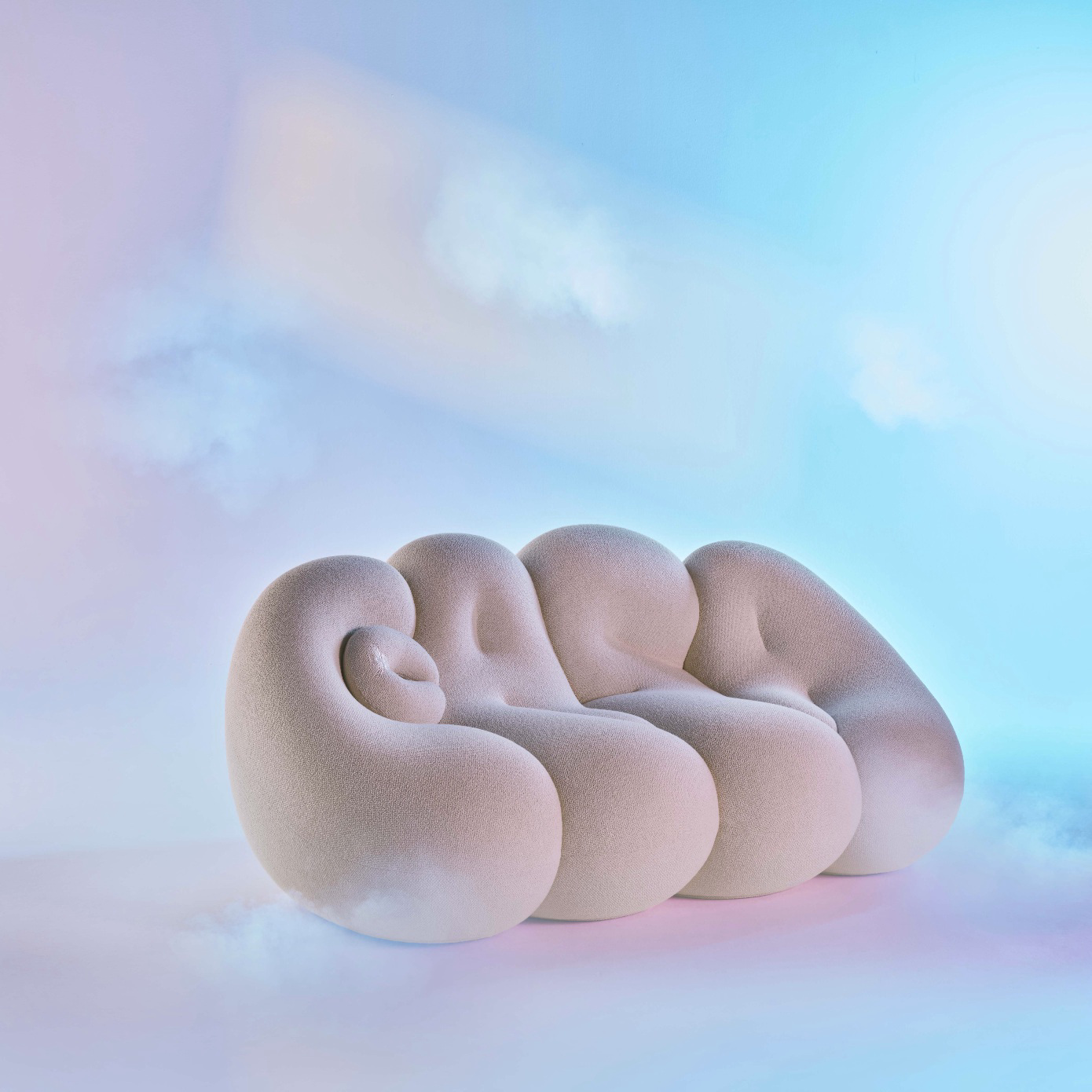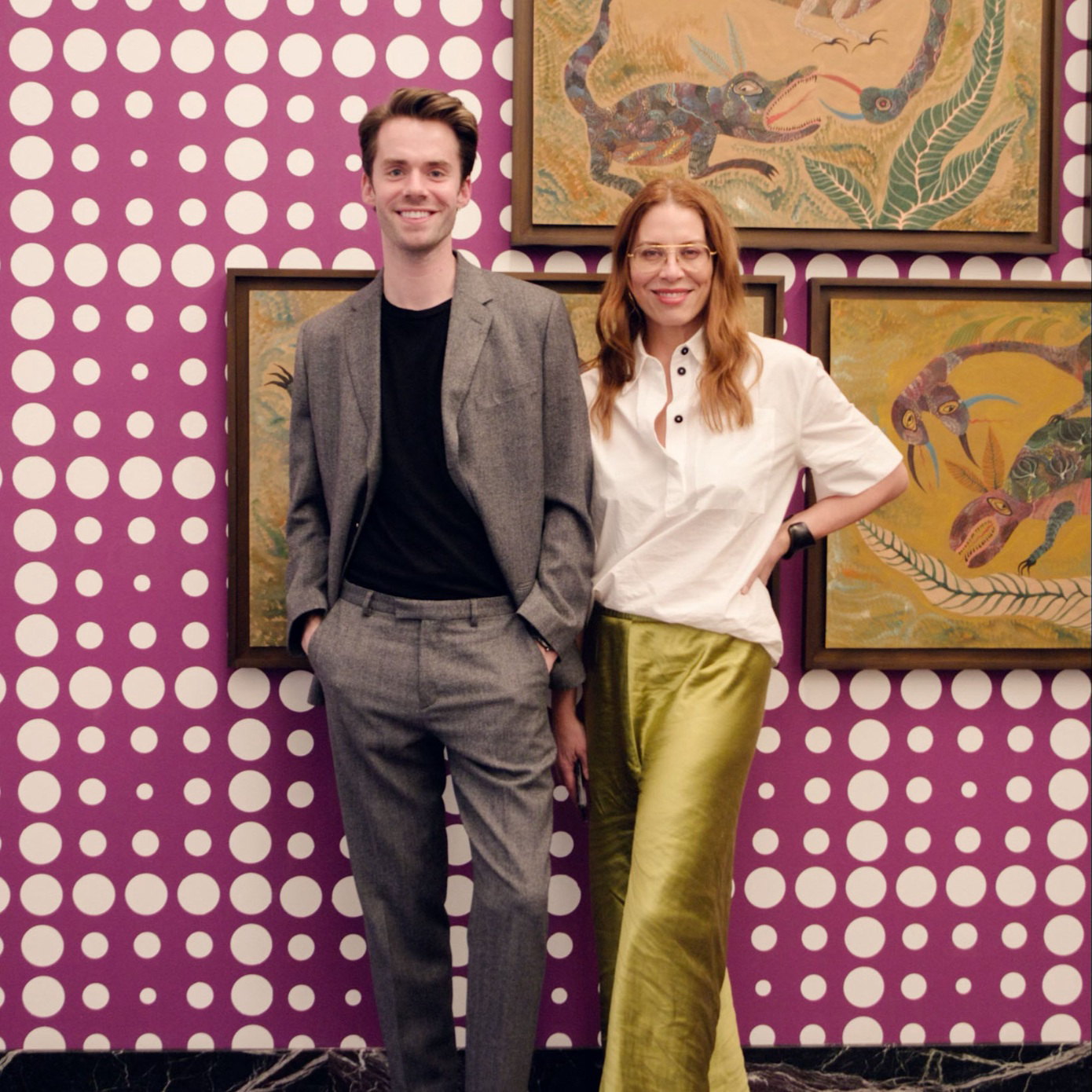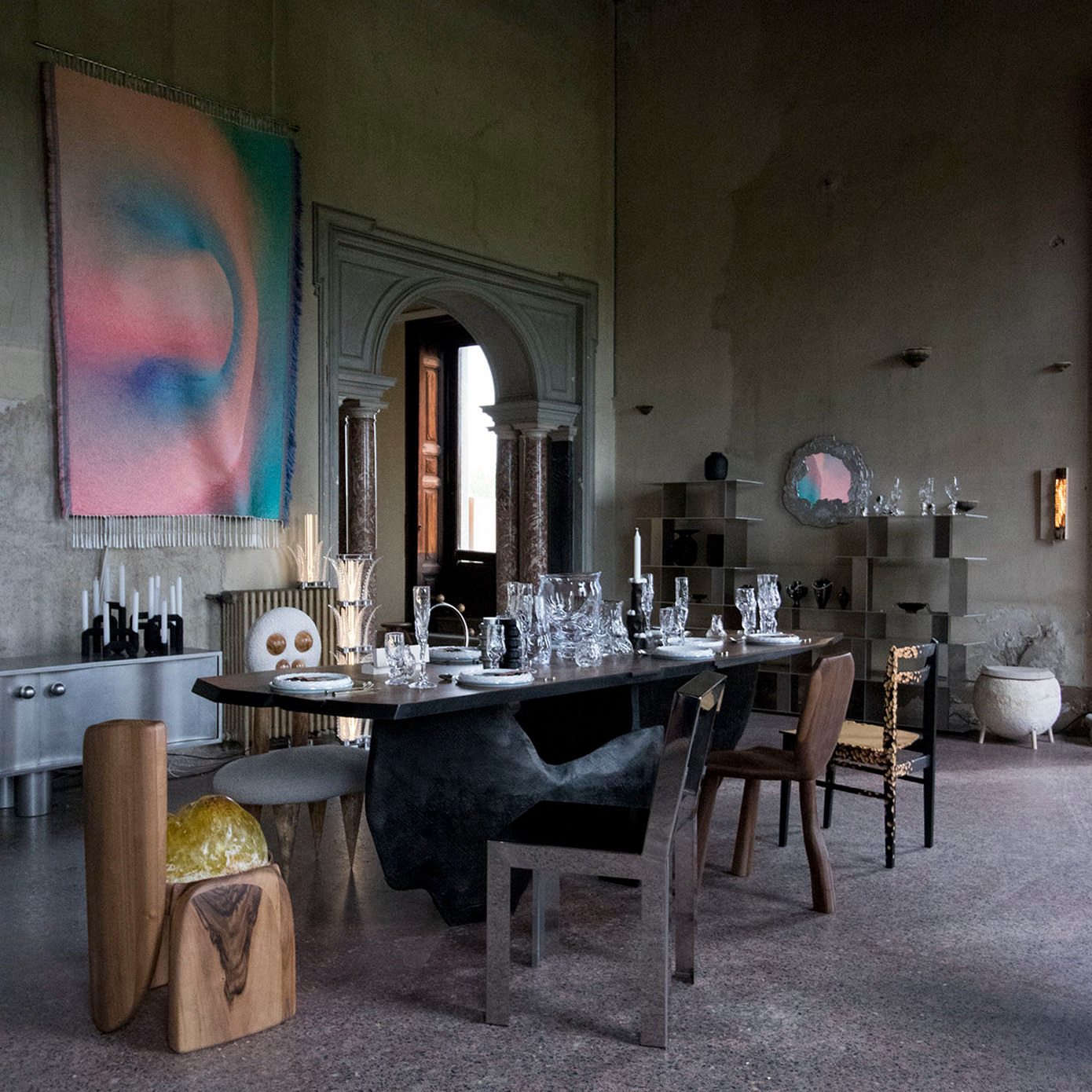
On a recent call with interior designer Pierre Yovanovitch, we connect about our love for Richard Wagner’s Parsifal (1882), which was recently restaged at the Metropolitan Opera in New York. The romantic tale of a pure-hearted fool’s triumph over seduction was sponsored by Wagner’s primary patron, Ludwig II of Bavaria—derisively known as “Mad King Ludwig” for his comedically out-of-control spending on architecture and the arts.
I can’t help but think of the 19th-century king as a fitting audience for Yovanovitch’s manifold talents, especially when the designer mentions set design as a speculative next step. “Of course, an opera like Parsifal would be the Holy Grail,” he jokes. “At the end of the day, I am in the business of creating environments, and the scenography of an opera suits this kind of exploration. My ultimate fantasy,” he adds, “would be to have a client who would give their whole life over to me. I would choreograph everything—from what the living room looked like to what they would wear downstairs to breakfast.”
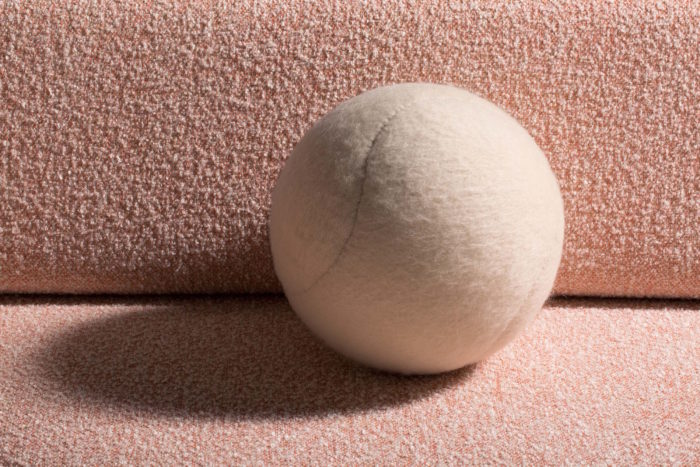
This sense of holistic consideration is manifest in work for clients like Christian Louboutin and the Pinault family, who have flocked to Yovanovitch’s studio for his preternatural ability to reimagine historical spaces as livable, modern homes. Take, for instance, the designer’s own 17th-century Provençal château, in which he engineered an accomplished overall simplicity while incorporating distinctive works by modernist icons—from museum-quality pieces by Scandinavian designers Frits Henningsen and Kaare Klint to blue-chip artworks by Imi Knoebel and Georg Baselitz.
“As a child, I was always drawing buildings and apartments from my imagination,” recalls Yovanovitch. “My mind was always on space, but it didn’t click as a potential career path until some time later.” The designer is referring to his unorthodox trajectory into the design world—after completing business school, he spent eight years at the atelier of fashion designer Pierre Cardin working on licensing, menswear and accessories.
These varied experiences in luxury inform Yovanovitch’s interior design work, which has included both private and public projects—ranging in scale from cozy Brussels townhouses to hotels and art exhibitions in cities across Europe. To the designer’s surprise, he is now receiving an increasing number of American clients—leading to a decision to establish a New York studio, set to open this September on the Upper East Side.
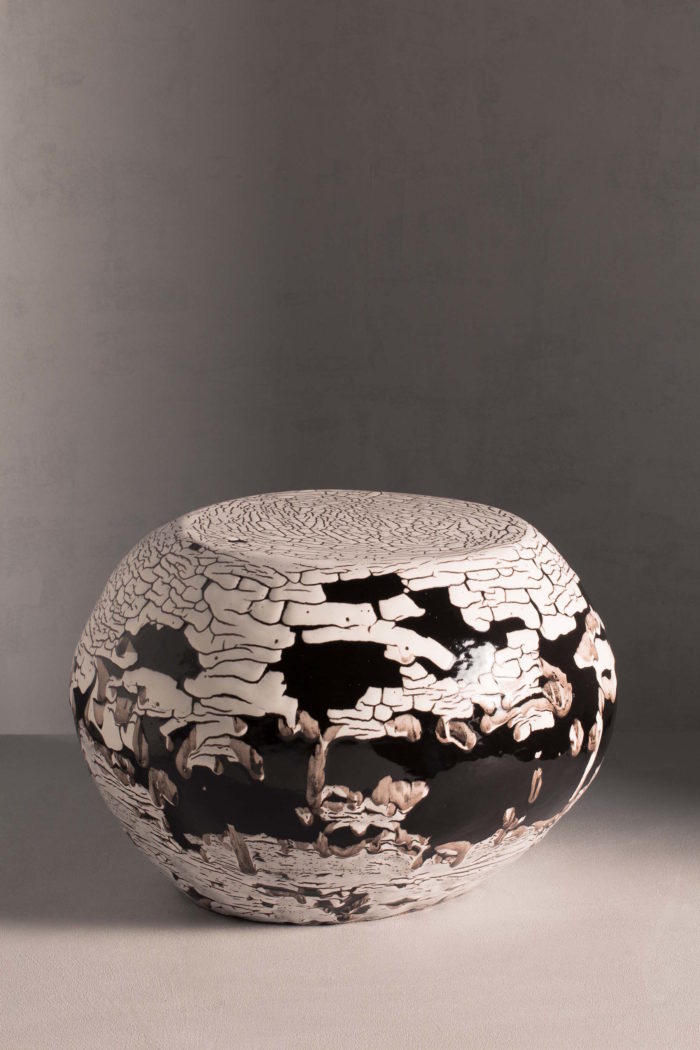
“There have been many interesting projects and leads in the US over the past few years, but we’ve been limited in what we could take on without a team operating full-time in the country,” he says. “New York was the obvious choice for an office in the US, as it is a vibrant cultural center that I have always found inspiring.” When asked about the look of the place, the designer’s answer is wry: “I am aiming for a ‘Pierre Yovanovitch in New York’ feel.”
The opening of this New York office corresponds with another first for Yovanovitch, who began showing with design exhibitors R & Company this past fall. Their first exhibition together, “OOPS,” took its name from Yovanovitch’s premier furniture collection, a project that grew out of his own frustrations as a high-volume buyer. “I started making custom pieces for clients out of necessity,” he says. “There are endless options out there, but what people are really looking for is something that will surprise them and make a space feel special and valued.” This is Yovanovitch’s gift—the ability to create a sense of wonder using the vocabulary of the familiar and the personal.
Some of the new pieces from the OOPS collection are on view June 12-17 at Design Miami/ Basel. R & Company has handed control of their booth over to the designer, who is creating an immersive bedroom tableau incorporating both his own designs and contemporary and historic pieces from the gallery’s collection.
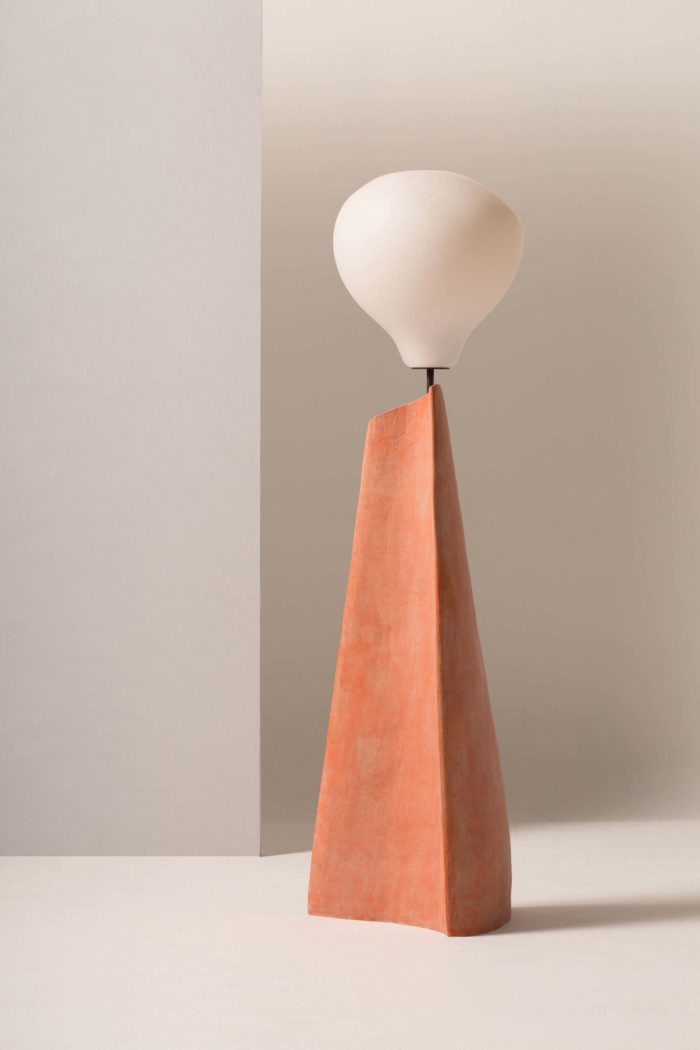
When speaking to R & Company’s Zesty Meyers about this unique presentation and the new partnership, the gallery co-founder expresses his admiration for Yovanovitch’s talent for bringing joy into the materials and processes we usually take for granted. “Pierre is becoming a global force for all the right reasons,” Meyers says. “He has a sensitivity for textures that can’t be denied. His collection is fabricated entirely at ateliers, which in a sense he is trying to keep alive through these commissions. He has an appreciation for the hand, and the sensuality with which it imbues an object.”
In the OOPS collection, one sees the material evidence of Yovanovitch’s obsessions: the delicacy of handblown glass and ceramic, the undulating patterns of untreated wood, the chiseled edges of obsidian. “I like my materials to stand for themselves,” he says of his selections. “Natural materials can have so many different textures and characters depending on the way they are handled. I like to highlight this versatility and the uniqueness of working with organic matter.”
If a focus on the hand feels obvious in courting a generation obsessed with the one-of-a-kind, Yovanovitch agrees. “Thanks to platforms like Instagram, my clients are hard to impress; they’ve seen it all,” he says. “In this way, it is my job to create a space that not only can incorporate all the materials they collect, but to create a sense of wonder that makes these objects feel as special as they are. This requires not only craft, but humor.”
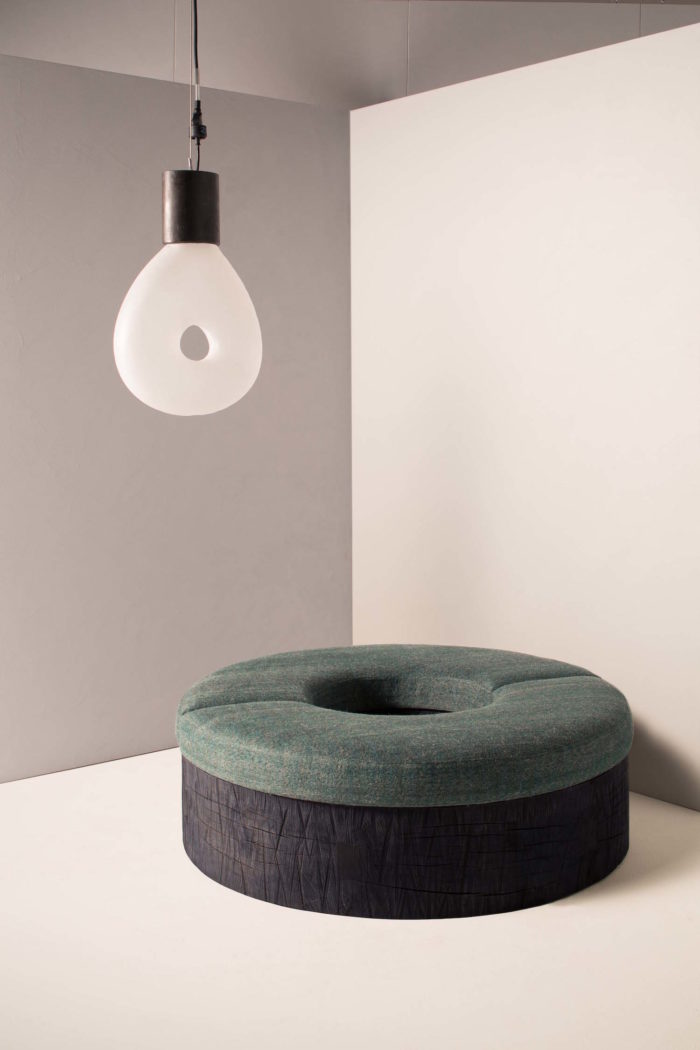
Yovanovitch’s sentiment brings to mind a recent conversation I witnessed between architect Bjarke Ingels and curator Hans Ulrich Obrist at the Venice Architecture Biennale. In describing the role of an architect, Ingels said that a great space is like a joke: it unfolds like a long familiar story, but ends with a punchline that feels as unexpected as it is obvious. One could say what truly sets Yovanovitch apart from peers is his willingness to embrace not only the elegant but the irreverent.
“Comfort is not a strictly physical state,” the designer says. “It is an emotional one. You cannot create a sense of welcoming without humor. No one wants to live in a museum; precious objects demand joy.”
If Yovanovitch is the voice of a new generation of luxury, perhaps Ludwig II was just a consumer ahead of his time.

